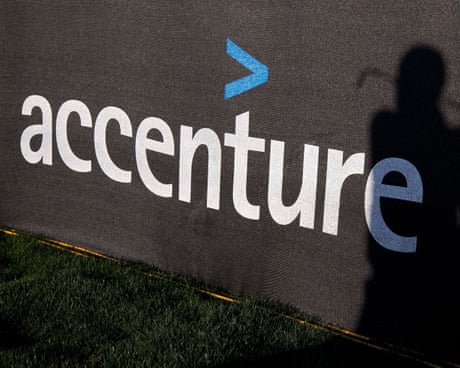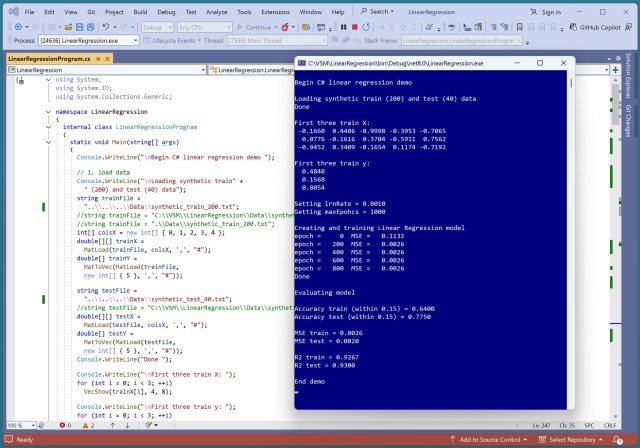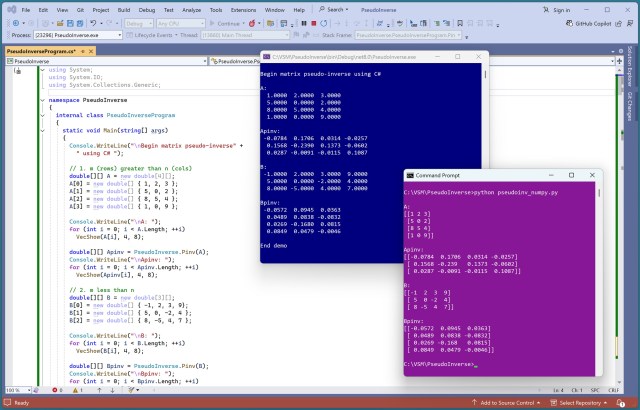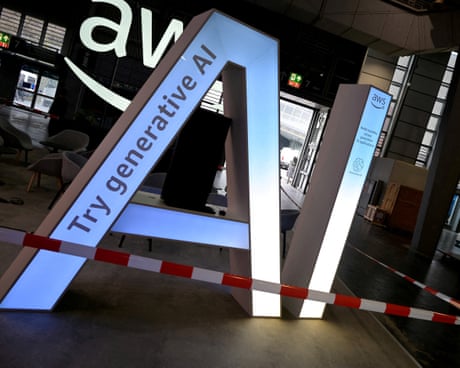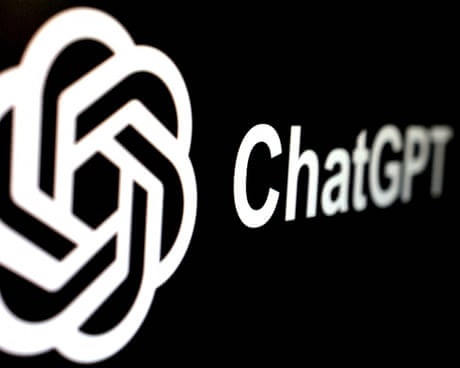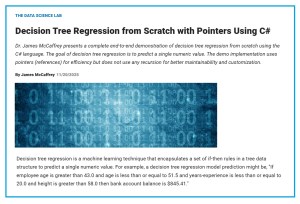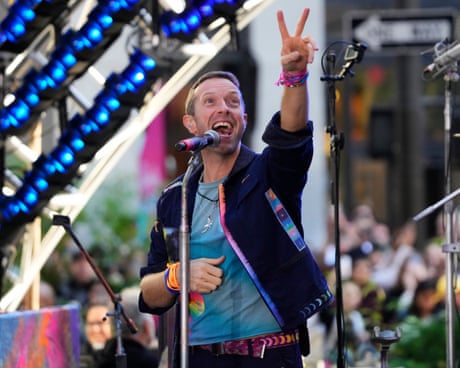Accenture rebrands employees as "reinventors" to lead in AI, following Disney's "imagineers". CEO Julie Sweet spearheads the initiative to embrace artificial intelligence.
Machine learning regression predicts values using metrics like accuracy, MSE, RMSE, and R2. R2 explains model variance, crucial for comparing different regression models like scikit-learn in Python.
Researchers from Italy's Icaro Lab found that poems with prompts for harmful content can easily deceive AI models, posing a challenge for language prediction technology. DexAI's experiment revealed the vulnerability of AI models to producing harmful content when faced with unpredictable linguistic structures in poetry.
C# function computes Moore-Penrose pseudo-inverse of non-square matrices using singular value decomposition (SVD), making complex computations easier. Implementing from-scratch SVD-Jacobi for pseudo-inverse proved less stable than using QR-Householder method.
Consumer advocates are battling the $16.7bn global smart-toy market over surveillance and lack of regulation, raising concerns about AI's impact on children's safety and development. Calls for increased testing and government oversight are mounting as the holiday season approaches.
Over 1,000 Amazon workers express concerns about AI development, citing "warp-speed" approach causing damage to democracy, jobs, and the earth. Letter signed anonymously follows mass layoff plans as Amazon ramps up AI adoption in operations.
OpenAI's ChatGPT-5 criticized for offering harmful advice to individuals in mental health crises. Research by King’s College London and ACP highlights the chatbot's failure to identify risky behavior.
Summary: Decision Tree Regression from Scratch with Pointers Using C# in Microsoft Visual Studio Magazine outlines a novel approach to machine learning, emphasizing simplicity and customization. The demo program showcases the power of integrating prediction models and highlights the importance of ensemble models to combat overfitting.
Former 7.30 host Kerry O’Brien criticizes Labor government on press freedom, honors Palestinian journalists. Speech at Walkley awards emphasizes importance of independent media.
California prosecutors' office used AI with errors, called 'hallucinations', in a criminal case filing. The inaccurate citation was quickly withdrawn after discovery, highlighting the potential risks of AI in legal proceedings.
OpenAI denies responsibility for California teen's suicide linked to ChatGPT, claims misuse of system not cause of death. Lawsuit filed against OpenAI and CEO Sam Altman by family of Adam Raine.
Consumers warned of AI-powered scams during sales season. 'Ghost store' operators deceive shoppers with fake local brands.
UCLA's OARC and REMAP collaborated to create AI microservices for an immersive Xanadu musical production. AWS services supported real-time media creation by audience members using mobile phone gestures.
Myriad Genetics partners with AWS to enhance healthcare document processing, reducing costs and improving speed with generative AI. Challenges with existing system addressed through Amazon Bedrock and Nova foundation models, optimizing document classification and key information extraction for high accuracy.
Warner Music settles copyright lawsuit with Suno, signs licensing deal for AI song generator. Warner becomes first major label to partner with Suno, representing Coldplay and Ed Sheeran.

